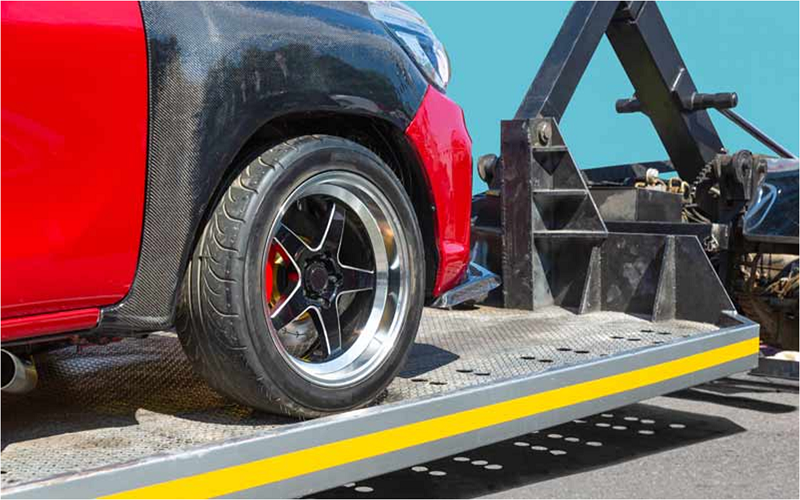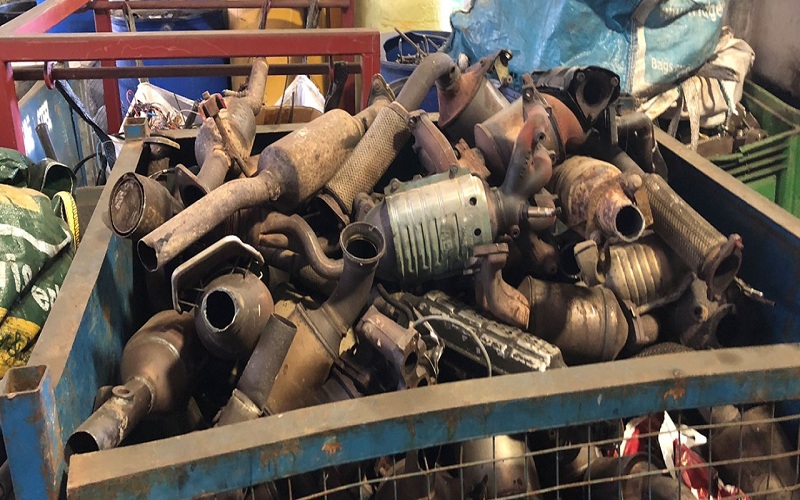Excessive oil consumption can be a real headache with a reconditioned Range Rover Discovery IV engine. I learned this the hard way when my rebuilt Range Rover Discovery IV engine started burning oil far quicker than it should. After some investigation, I discovered the issue stemmed from worn piston rings, a common problem in used Range Rover Discovery IV engines that haven’t been thoroughly inspected. A quick compression test confirmed the diagnosis, leaving me to decide between replacing just the rings or opting for a full engine rebuild. For anyone installing a replacement Range Rover Discovery IV engine, checking the piston rings early can save you from costly repairs down the road.
Another frequent issue is oil leaks, often caused by a degraded valve cover gasket. In my case, the remanufactured Range Rover Discovery IV engine I sourced had old seals that weren’t replaced during the rebuild. This is a classic oversight in second-hand Range Rover Discovery IV engines. Switching to high-quality aftermarket gaskets stopped the leaks, and my engine has been much happier since. If you’ve got a reconditionedRange Rover Discovery IV engine supplied and fitted, always double-check the seals and gaskets before assuming the engine itself is faulty—it could be a simple fix.
Overheating Issues: Did My Rebuilt Range Rover Discovery IV Engine Come with A Faulty Cooling System?
Overheating is a red flag you can’t ignore, especially with a rebuilt Range Rover Discovery IV engine. I hit this issue around 15,000 miles after fitting my replacement Range Rover Discovery IV engine. Initially, I thought the thermostat was to blame, but even after replacing it, the engine kept running hot. A closer look revealed a partially clogged radiator, a common problem in used Range Rover Discovery IV engines that aren’t properly flushed during reconditioning. A thorough radiator flush and a new water pump sorted it out, keeping my engine cool and stable.
Another factor I overlooked was the coolant itself. Some remanufactured Range Rover Discovery IV engines arrive with improper or old coolant, which can cause corrosion and overheating. After flushing the system and using OEM-recommended coolant, the difference was night and day. If you’re dealing with a second-hand Range Rover Discovery IV engine and it’s running hot, check the coolant mix and consider inspecting the head gasket, as it’s a known weak point in high-mileage rebuilds.
Electrical Gremlins: Why Is My Rebuilt Range Rover Discovery IV Engine Throwing Random Codes?
Modern engines like the rebuilt Range Rover Discovery IV engine are packed with sensors, and when they misbehave, you’ll know it. I kept seeing random misfire codes pop up on my OBD2 scanner, which traced back to faulty coil packs—a recurring issue in used Range Rover Discovery IV engines where old components aren’t replaced. Swapping them out for OEM coil packs cleared the problem, and my engine ran smoothly again. If you’re working with a replacement Range Rover Discovery IV engine, don’t skip testing the ignition system before chasing more complex issues.
Another gremlin I faced was a dodgy crankshaft position sensor, causing erratic engine behaviour. Many remanufactured Range Rover Discovery IV engines cut corners by reusing old sensors, which can fail unexpectedly. My advice? Invest in a good OBD2 scanner and test all sensors before pointing the finger at the ECU. For anyone with a Range Rover Discovery IV engine supplied and fitted, ensuring new, high-quality sensors are used during the rebuild can prevent these electrical headaches.
Turbocharger Troubles: Is Boost Pressure Affecting My Reconditioned Range Rover Discovery IV Engine?
Turbo issues can really take the wind out of a reconditioned Range Rover Discovery IV engine, especially since many are turbocharged. I noticed a hissing sound under acceleration, which turned out to be a cracked intercooler pipe—a frequent problem in used Range Rover Discovery IV engines. Replacing the pipe restored proper boost pressure, and the engine felt alive again. If you’re installing a replacement Range Rover Discovery IV engine, always inspect the intercooler system to avoid losing performance.
The turbo itself can also be a weak link. Someremanufactured Range Rover Discovery IV enginescome with reused turbos that have wear, like shaft play or oil leaks, leading to early failure. When I had my Range Rover Discovery IV engine supplied and fitted, I made sure to check the turbo’s condition. Upgrading to a reinforced silicone hose kit can also prevent future boost leaks, giving your second-hand Range Rover Discovery IV engine a longer, healthier life.
Fuel System Problems: Is My Rebuilt Range Rover Discovery IV Engine Getting Enough Fuel?
Fuel system woes can make a rebuilt Range Rover Discovery IV engine feel sluggish, and I learned this firsthand. My engine was hesitating and guzzling fuel, which pointed to a clogged injector—something that often happens in used Range Rover Discovery IV engines that sit unused for too long before installation. A professional injector cleaning did the trick, though in worse cases, you might need replacements. If your replacement Range Rover Discovery IV engine is underperforming, don’t overlook the injectors.
The high-pressure fuel pump was another culprit. Some remanufactured Range Rover Discovery IV engines don’t come with a new pump, which can struggle to deliver enough fuel under load. I had to test the fuel pressure to confirm this was the issue in my case. For anyone with a second-hand Range Rover Discovery IV engine, checking the pump’s condition before fitting can save you from poor performance or even engine damage down the line.
Long-Term Reliability: Can A Rebuilt Range Rover Discovery IV Engine Last Another 100,000 Miles?
After sorting out these issues, my reconditioned Range Rover Discovery IV engine is running like a dream—but it took effort to get there. A well-rebuilt Range Rover Discovery IV engine can absolutely last another 100,000 miles if it’s been properly remanufactured and maintained. However, a cheap used Range Rover Discovery IV engine with no quality checks is a risky bet. My experience taught me that cutting corners on inspections or maintenance can turn a promising rebuild into a money pit.
If you’re considering a replacement Range Rover Discovery IV engine, always verify the rebuild quality. Compression and leak-down tests are musts, and don’t skip checking service records. A Range Rover Discovery IV engine supplied and fitted by a reputable vendor with a solid warranty can give you peace of mind. With proper care, even a second-hand Range Rover Discovery IV engine can deliver reliable performance for years to come.





